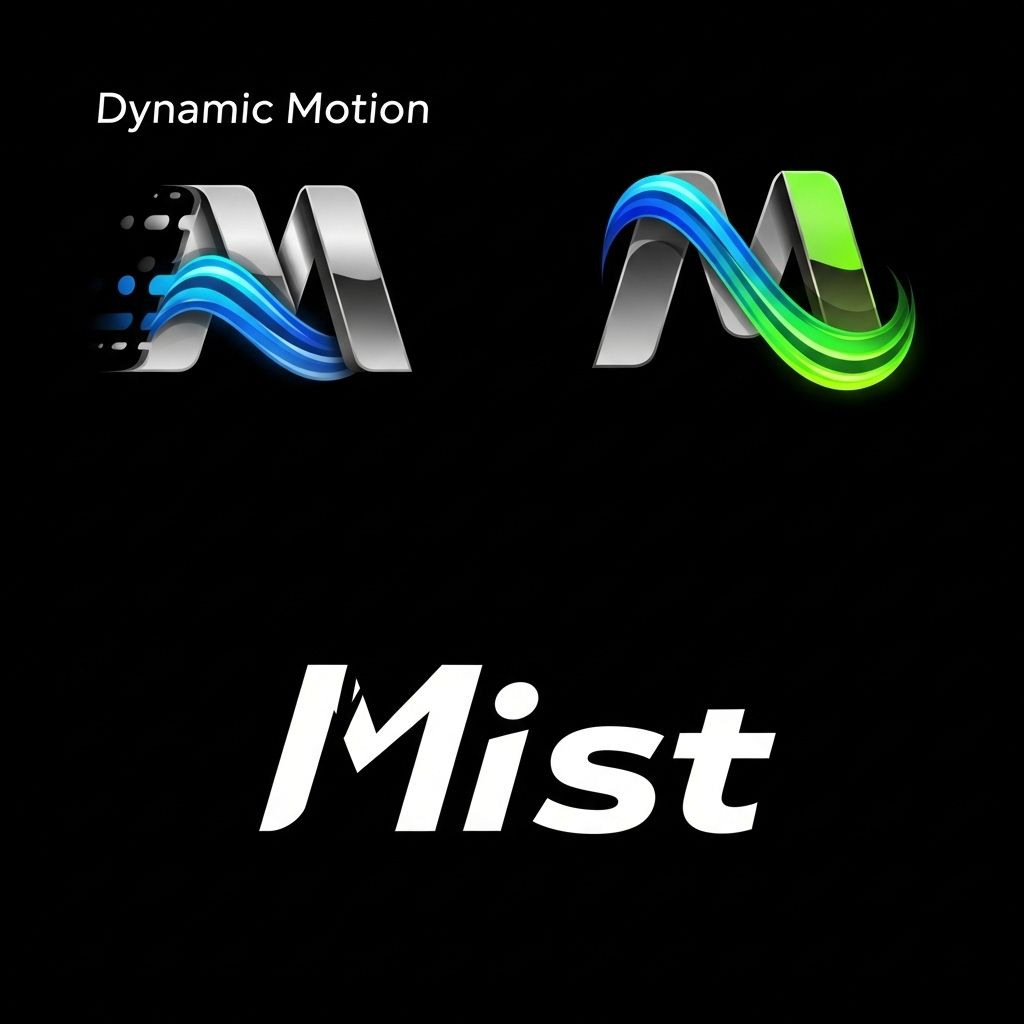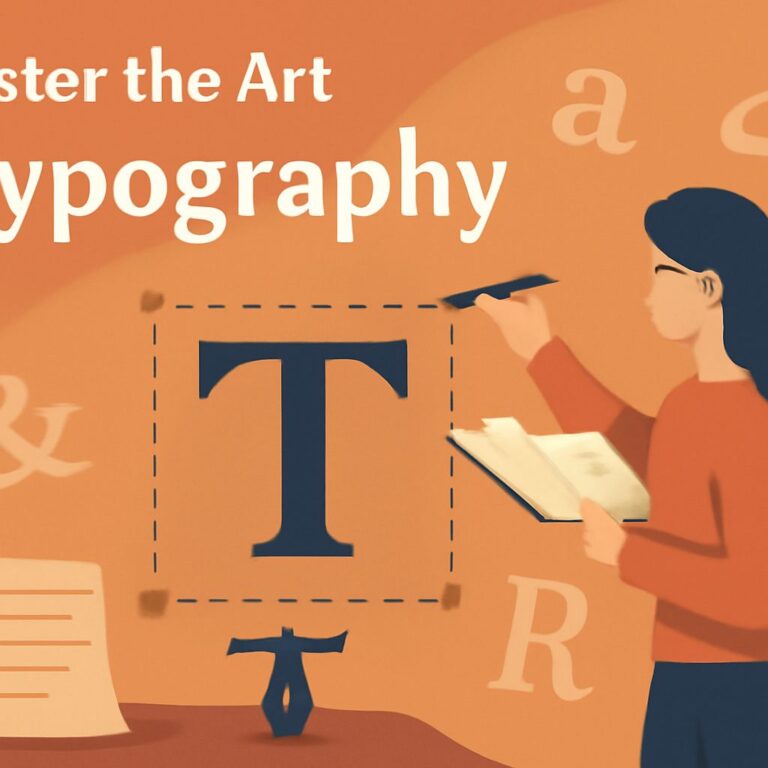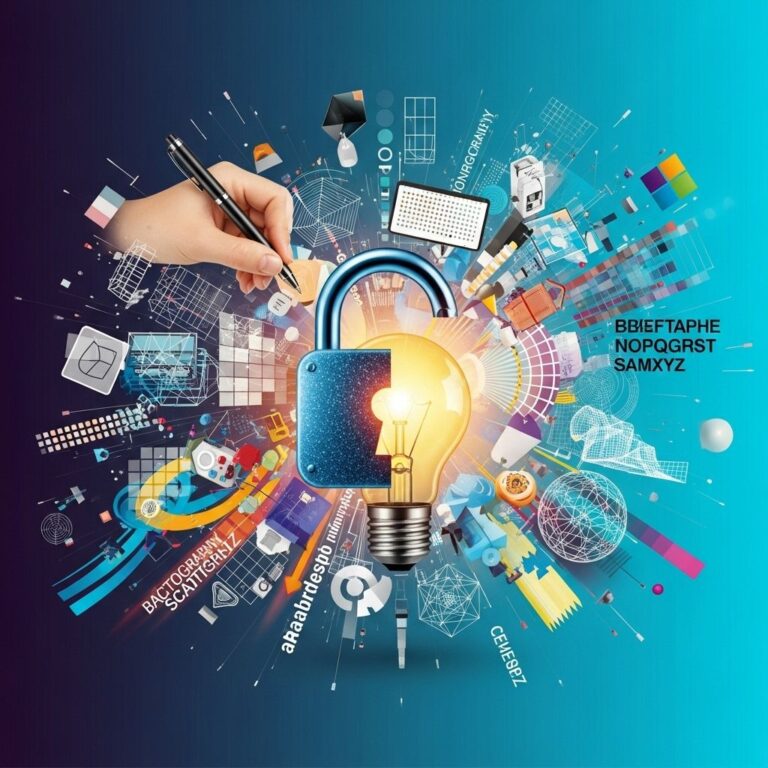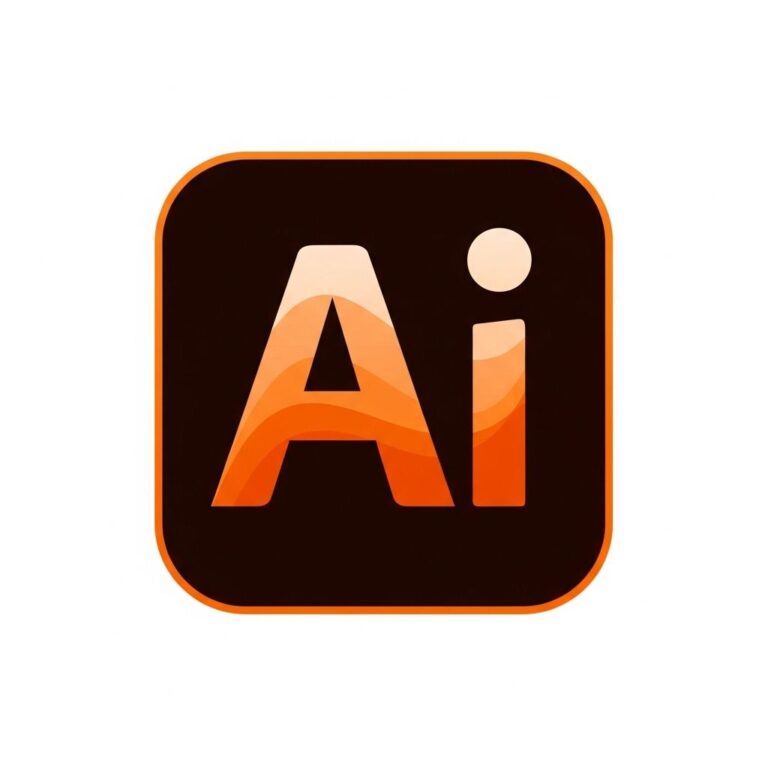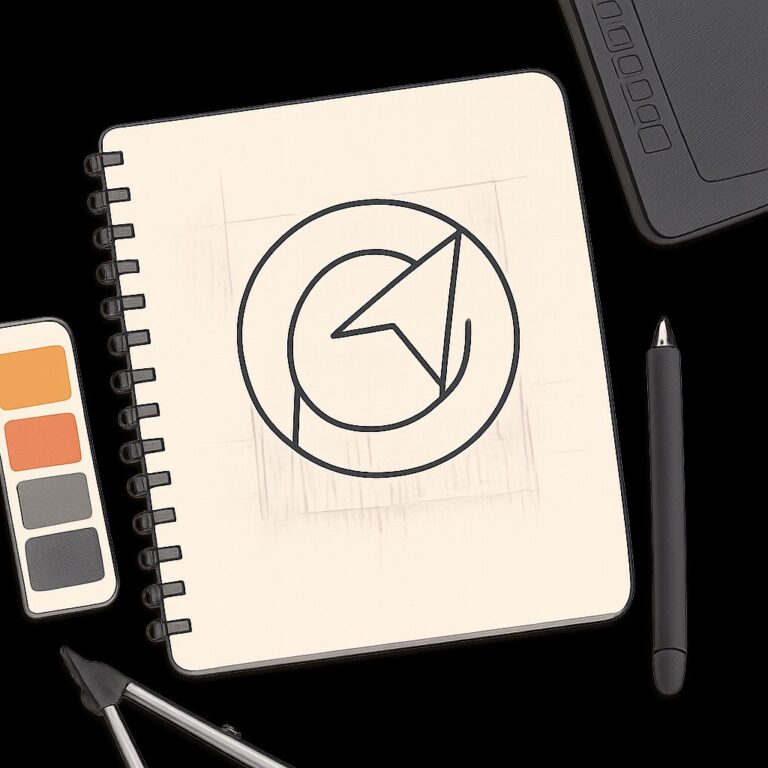The landscape of logo design is ever-evolving, influenced by technological advancements, cultural shifts, and changing consumer preferences. As we step into 2025, brands are looking for innovative ways to stand out in a crowded marketplace. This article explores five game-changing logo design ideas that can help businesses refresh their brand identity and connect with their audience more effectively.
Table of Contents
1. Dynamic Logos
In an age where digital presence is paramount, static logos are becoming a thing of the past. Dynamic logos, which change based on context or user interaction, provide a fresh approach to branding. These logos can adapt in real-time to reflect different moods, events, or seasonal changes.
Benefits of Dynamic Logos
- Enhanced Engagement: Users are more likely to interact with brands that offer personalized experiences.
- Visual Appeal: A logo that morphs or changes retains interest and curiosity.
- Contextual Relevance: Adapting to situational factors makes the brand more relatable.
For example, a coffee shop’s logo could incorporate seasonal colors and elements, transforming from steaming coffee cups in winter to iced drinks in summer.
2. Minimalism with a Twist
While minimalism in logo design has been a trend for several years, the key for 2025 lies in adding a unique twist that makes a logo memorable. Brands are encouraged to strip down their design to the essentials while introducing unexpected elements that evoke curiosity.
Implementing Minimalism with a Twist
- Use of Negative Space: Clever use of negative space can add depth and meaning to a simple design. Consider the FedEx logo, which cleverly hides an arrow in its letters.
- Unexpected Shapes: Integrate unconventional shapes to create a fresh perspective. For instance, a circular logo could be designed with sharp edges.
- Bold Typography: Combine minimalism with striking typography that conveys the brand’s personality.
Branding examples like Apple and Nike illustrate how simplicity combined with a unique element can create a lasting impression.
3. Eco-Friendly Designs
As sustainability becomes a core value for many consumers, eco-friendly design elements are crucial for brands looking to appeal to environmentally conscious audiences. Logos that incorporate natural themes, earthy colors, and organic shapes can position a brand as sustainable and responsible.
Key Elements of Eco-Friendly Logo Design
| Element | Description |
|---|---|
| Colors | Earth tones like greens and browns signify nature and sustainability. |
| Shapes | Curved, organic shapes often appear more natural and inviting. |
| Imagery | Incorporating plants, animals, or the earth itself can reinforce eco-friendly messaging. |
Brands like Whole Foods and Patagonia have successfully integrated eco-friendly designs into their logos, helping them resonate with their target audience.
4. 3D and Immersive Logos
The advancement of graphic design technology has opened the door for 3D logos that offer depth and immersion. These logos can be animated for websites and applications, providing a visually stimulating experience that captures attention.
Creating Impact with 3D Logos
- Animation: Add movement to logos, such as a spinning effect or changing colors, to create a dynamic presence.
- Shadow and Light: Utilizing shadows and lighting effects adds realism and depth to a logo.
- Augmented Reality: Incorporate AR features that allow users to interact with the logo through their devices.
Companies like Google and Instagram are already utilizing 3D logos in their branding, making their logos instantly recognizable and engaging.
5. Cultural Inclusivity
Globalization has led to a more interconnected world, and brands need to embrace cultural inclusivity in their logo designs. Incorporating diverse cultural symbols, languages, and colors can help brands connect with a wider audience.
Strategies for Culturally Inclusive Logo Design
- Research Cultural Significance: Understand the meanings behind symbols and colors in different cultures to avoid misinterpretation.
- Integrate Local Elements: Use motifs that resonate with specific communities to create a sense of belonging.
- Language Considerations: Present brand names in different languages can enhance accessibility.
Brands like Ben & Jerry’s and Coca-Cola have successfully adapted their branding strategies to include elements that reflect the diversity of their consumers, fostering a sense of connection and loyalty.
Conclusion
As we look toward 2025, logo design is set to embrace innovation and creativity like never before. The five game-changing ideas discussed—dynamic logos, minimalism with a twist, eco-friendly designs, 3D logos, and cultural inclusivity—offer brands fresh avenues to explore. By adopting these concepts, businesses can not only enhance their visual identity but also foster deeper connections with their audience. In a rapidly changing world, staying ahead of design trends is not just an option; it’s essential for success.
FAQ
What are the top logo design trends for 2025?
In 2025, expect to see bold typography, minimalistic designs, dynamic logos, eco-friendly themes, and 3D elements gaining popularity.
How can I make my logo stand out in 2025?
To make your logo stand out, focus on unique shapes, vibrant color palettes, and incorporate storytelling elements that resonate with your brand’s identity.
What role do colors play in logo design for 2025?
Colors in logo design for 2025 will be crucial in evoking emotions and conveying brand values, with a trend towards earthy tones and gradients.
Are animated logos effective in 2025?
Yes, animated logos are becoming more effective in 2025 as they capture attention and enhance brand engagement on digital platforms.
How important is versatility in logo design for 2025?
Versatility is extremely important in 2025, as logos need to work seamlessly across various mediums, from print to digital formats.
What should I consider when designing a logo for the future?
When designing a logo for the future, consider scalability, timelessness, and the ability to adapt to evolving design trends and technologies.

